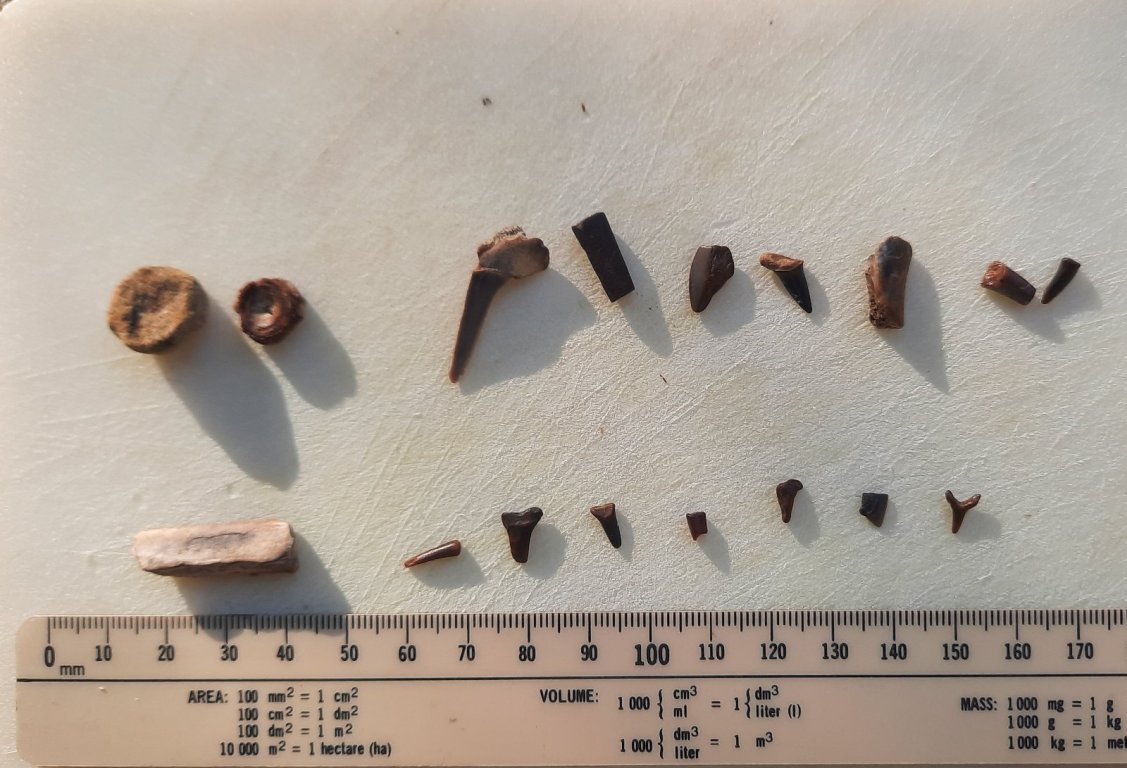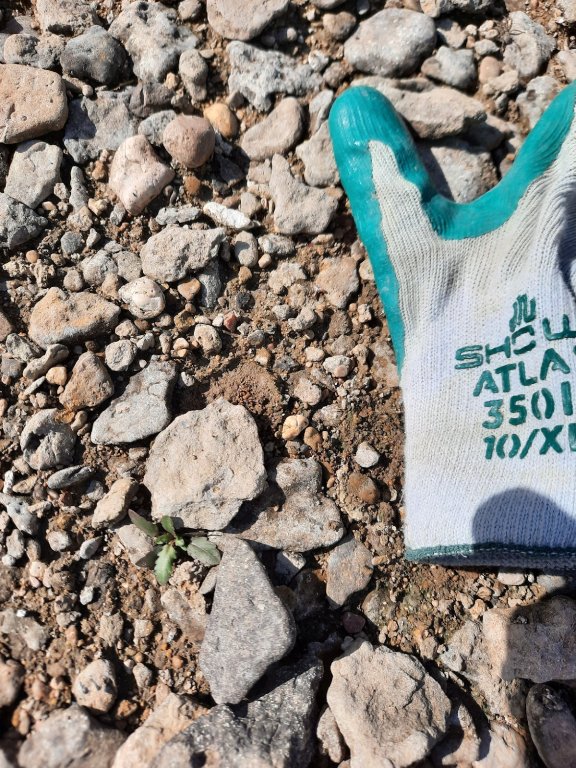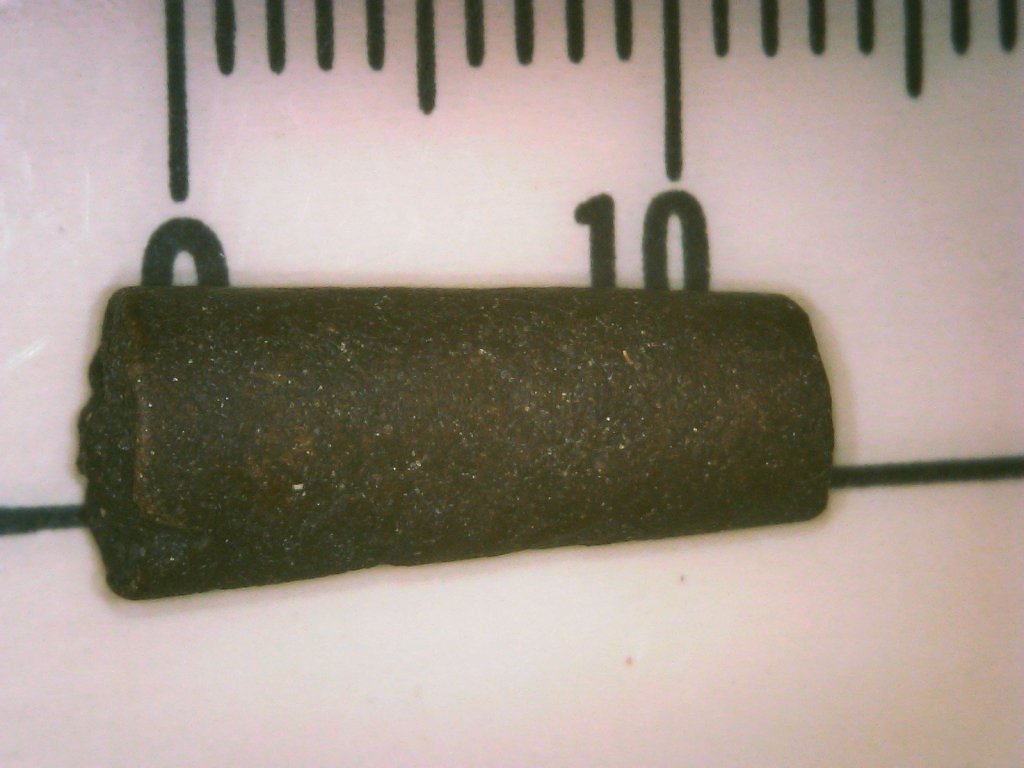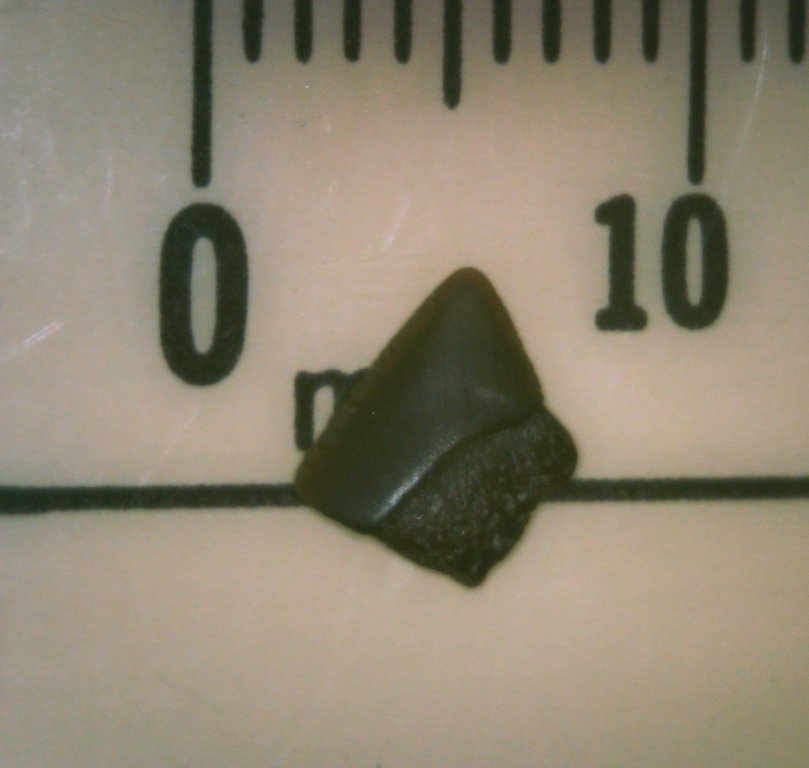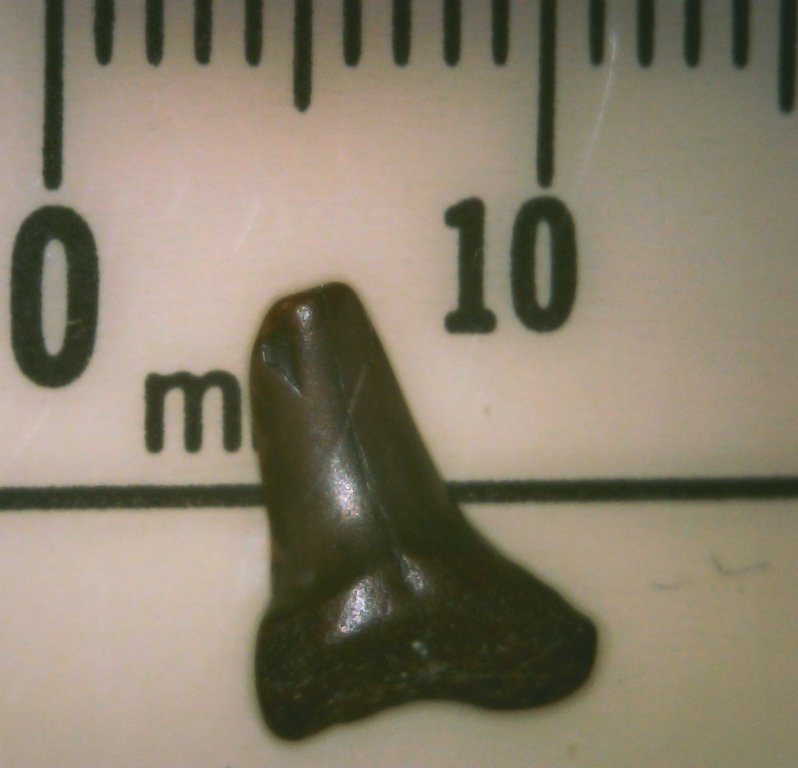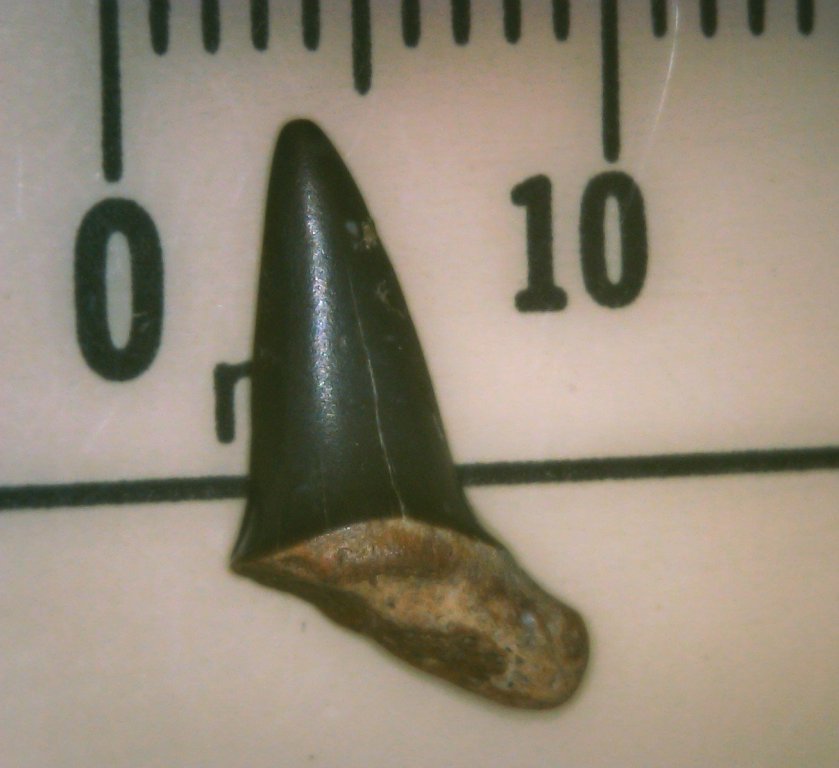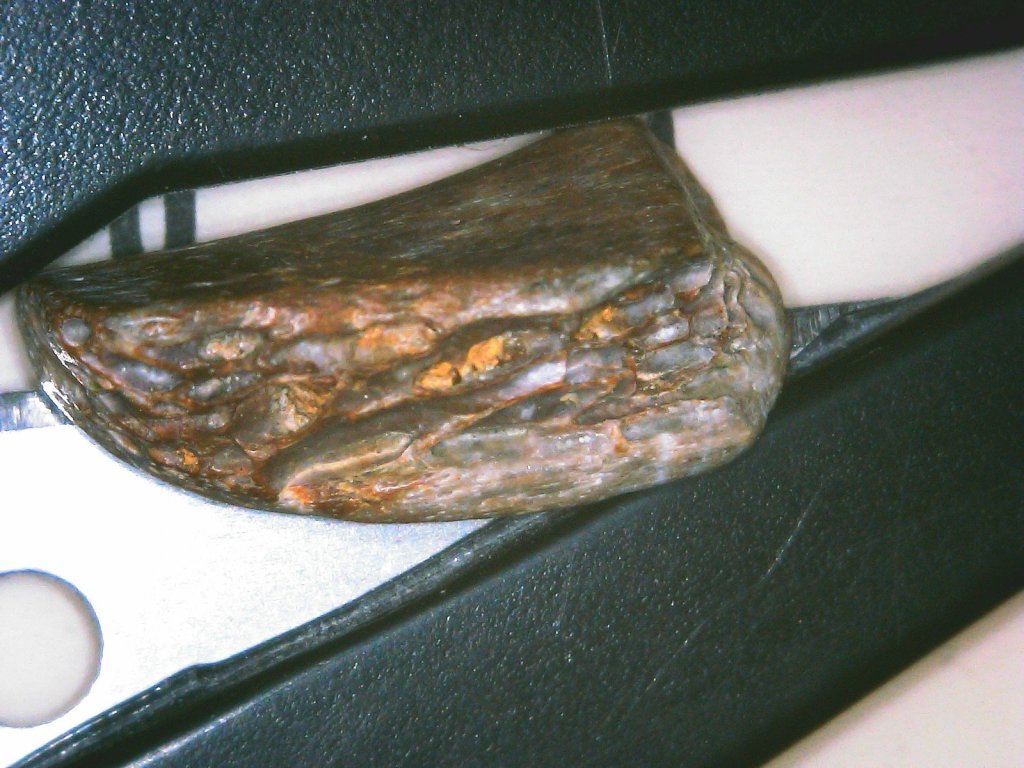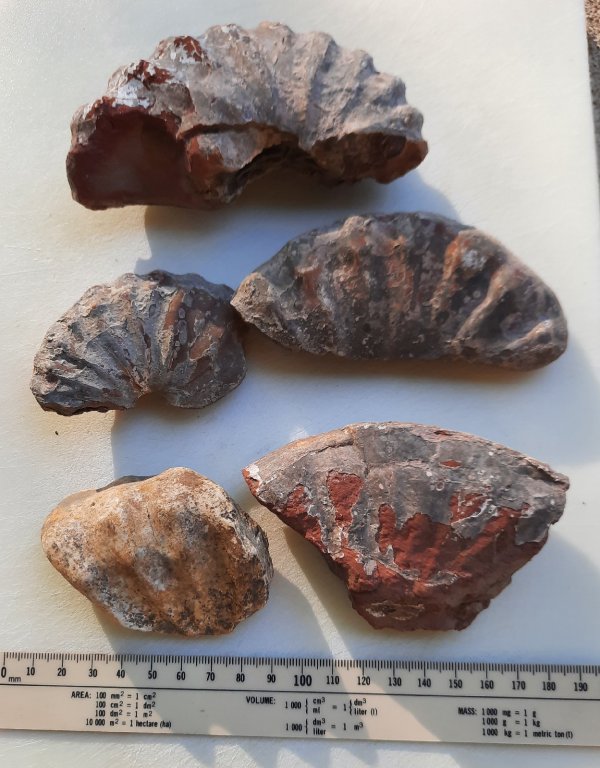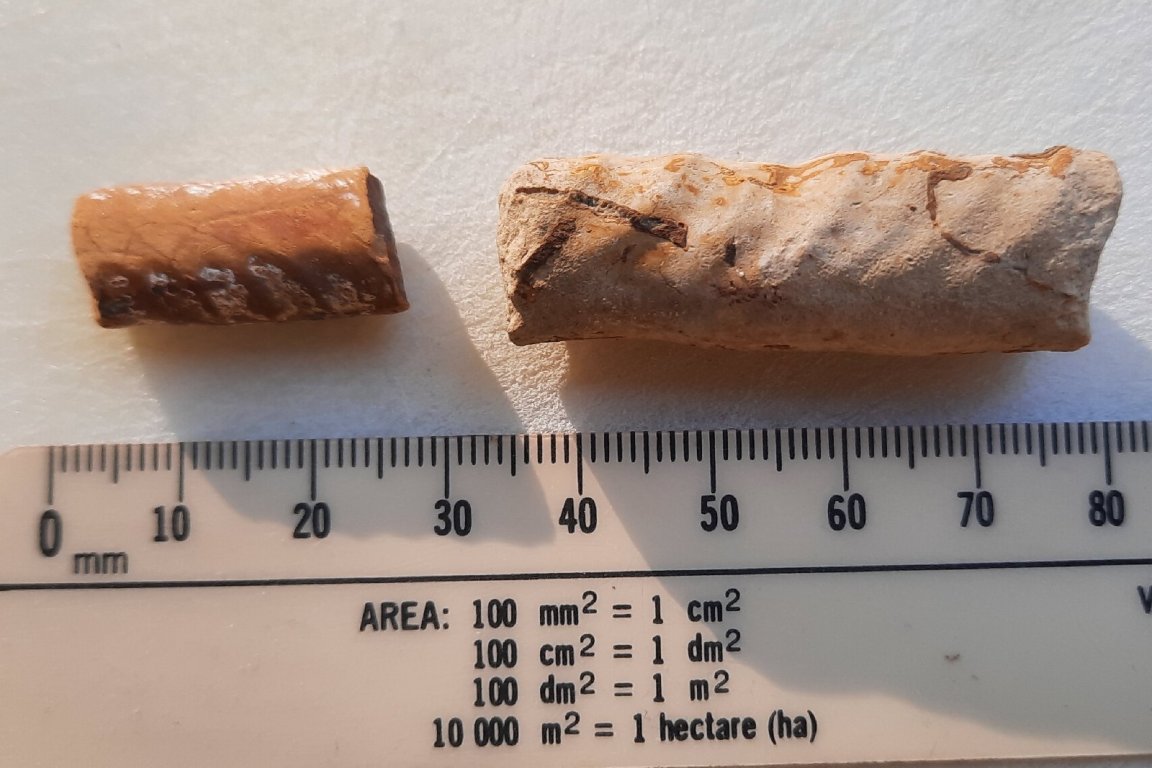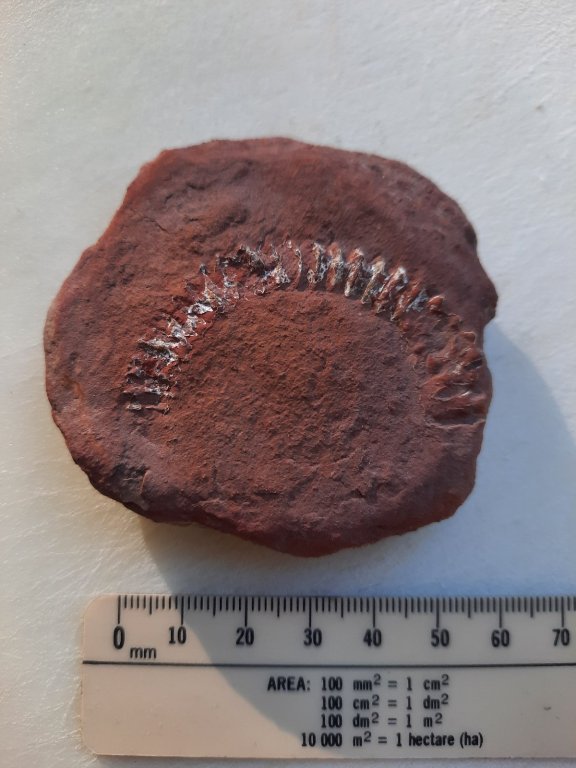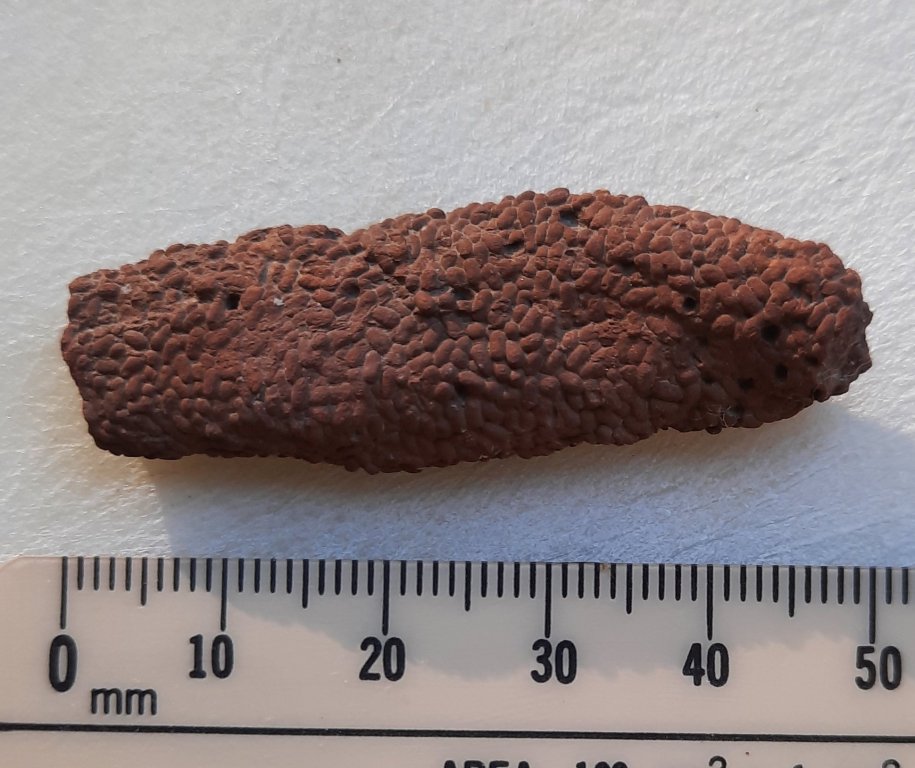Like I’ve posted before, when I started this blog, it was mainly about my cycling, while being a lung cancer survivor. There are very few lung cancer survivors who are serious cyclists, so I thought my perspective would be unique. And I did all kinds of fun and exciting organized rides, so had cool things to post about. But after I moved to Gun Barrel City in 2013 and started just mostly doing solo rides on weekdays, my blog slowed down a lot, as blogs have a tendency to do. And trying to recover from COVID, plus adding fossil hunting and its sometimes arduous hiking as a hobby, I started riding fewer miles, and not really setting mileage goals and tracking miles any more. So even that went missing from the blog. So now, I have decided to add some fishing posts to the blog. I added a fishing category years ago when I bought a pedal kayak that much resembles a recumbent bike pedaling position, but never made many fishing posts. But now that I’m retired, I’m fishing more than ever, and having a blast at it. Fishing has been a passion my entire adult life, as well as designing and making baits. I still have lure molds I purchased in the ’70’s. I’ve done some posting about my fishing and lure making over on the Texas Fishing Forum. Maybe I’ll migrate some of that here, like I did with cycling and fossil hunting forum posts. We’ll see.
For 25 years, starting in 1981, I was a passionate bass tournament angler. I had a lot of success at the club level, only limited success above that. I quit tournament fishing in 2006. I got tired of the competition, and wanted to make my fishing less intense. And my shoulders and back were so bad, as well as the arthritis in my fingers, moving to crappie fishing seemed like something my body would tolerate much better, and that is what I did. For quite a few years, almost all my fishing was crappie fishing. But as I started working fewer hours, and finally retired this year, my back and shoulders are much better. And with the lighter equipment and gentler techniques I use these days, I’ve started bass fishing again. Many trips these days, I’ll spend some time crappie fishing as well as some time bass fishing.
And that got me updating bass lures I make, plus adding new ones. Last Friday, I got reminded of how much I’m loving the new 5″ finesse worm I’m making when I caught this bass which weighed almost six pounds.

Since the mid ’80’s, my favorite plastic worm had been a four inch ringworm in fire and ice color. As much as I loved that fire and ice color, I could never catch many fish on it with any other style worm. It took me a long time to figure out that the translucency of that worm was a large factor in that. The main body of the worm is so thin, and the ribs are also really thin, so the entire worm is very translucent. No other fire and ice lures I tried were that translucent. But my worm fishing style these days, with a shaky head jig, are more suited to a finesse worm than that old ringworm. So I knew it was time for a new worm. But fire and ice has long since fallen out of favor with fishermen, so there are absolutely no fire and ice finess worms to be found.
I finally used an Amazon gift card early this year to purchase a couple of molds, and started making my own finesse worms. The six inch Do-It finesse wom mold I bought makes a worm too thick for fire and ice to be an effective color with it. I made a few and tried them, but I also made those worms in a green pumpkin color, and that proved to be a better color for them. The other mold I bought was a five inch finesse worm called a Flirt, made by Bug Molds. That worm is really thin, and seemed to be a better candidate for fire and ice. I made the worm in both green pumpkin and fire and ice. Both caught fish, but the fire and ice REALLY caught fish. I’d found my new bass worm. Here is the worm rig I throw these days.

You can’t get a decent feel for the color by looking at that photo. Professional photos the worm manufacturers take give a better idea, but even they don’t really convey well what that worm will look like in sunlight. The worm in this photo is out of focus, but it shows how translucent my finesse worm is.

I throw that worm on a seven foot rod, a size 15 spinning reel, and 10 pound test braided line. It’s pretty much the same thing I crappie fish with, except that Mojo Bass rod is stiffer than any of my crappie rods. But like my crappie rigs, it’s a setup that easy on an old man body. The fire and ice color is laminated, purple with blue glitter on one side, and purple with red glitter on the other. My version of fire and ice isn’t laminated, it’s just purple with red and blue glitter added. With a worm this thin, I don’t think laminating is really required to get the color right.
Week before last, I bought a new truck, a brand new Ford Ranger. Now that I’m retired, a pickup seems much more of a fit for me than the Mercedes Metris cargo van I used for work. With its small tires and low ground clearance, I was always paranoid about getting stuck when I parked off road on my fishing or fossil hunting trips. I installed a hitch in the truck last Tuesday, and Friday was my first time towing the boat with it. It did great.

Friday, I spent the morning crappie fishing under a bridge. It was pretty chilly in the shade of that bridge, and when I let the boat drift out into the sun for a lunch break, I realized it was much more comfortable in the sun on that day. So I decided to spend an hour or so bass fishing. I started out throwing a crankbait. Two years ago in the fall, a crankbait did great on this lake. But Friday, I couldn’t muster a single bite on one. So I picked up the finesse worm and threw it for a bit. I caught two bass, the first one being the beauty in the photo. It was a tough day. I only caught eight keeping size crappie, and two bass. But when one of the bass looks like the one above, and three of the crappie were so big, they were plenty more than enough for a meal, and their fillets would barely fit in a pint zip lock bag, I won’t complain.

